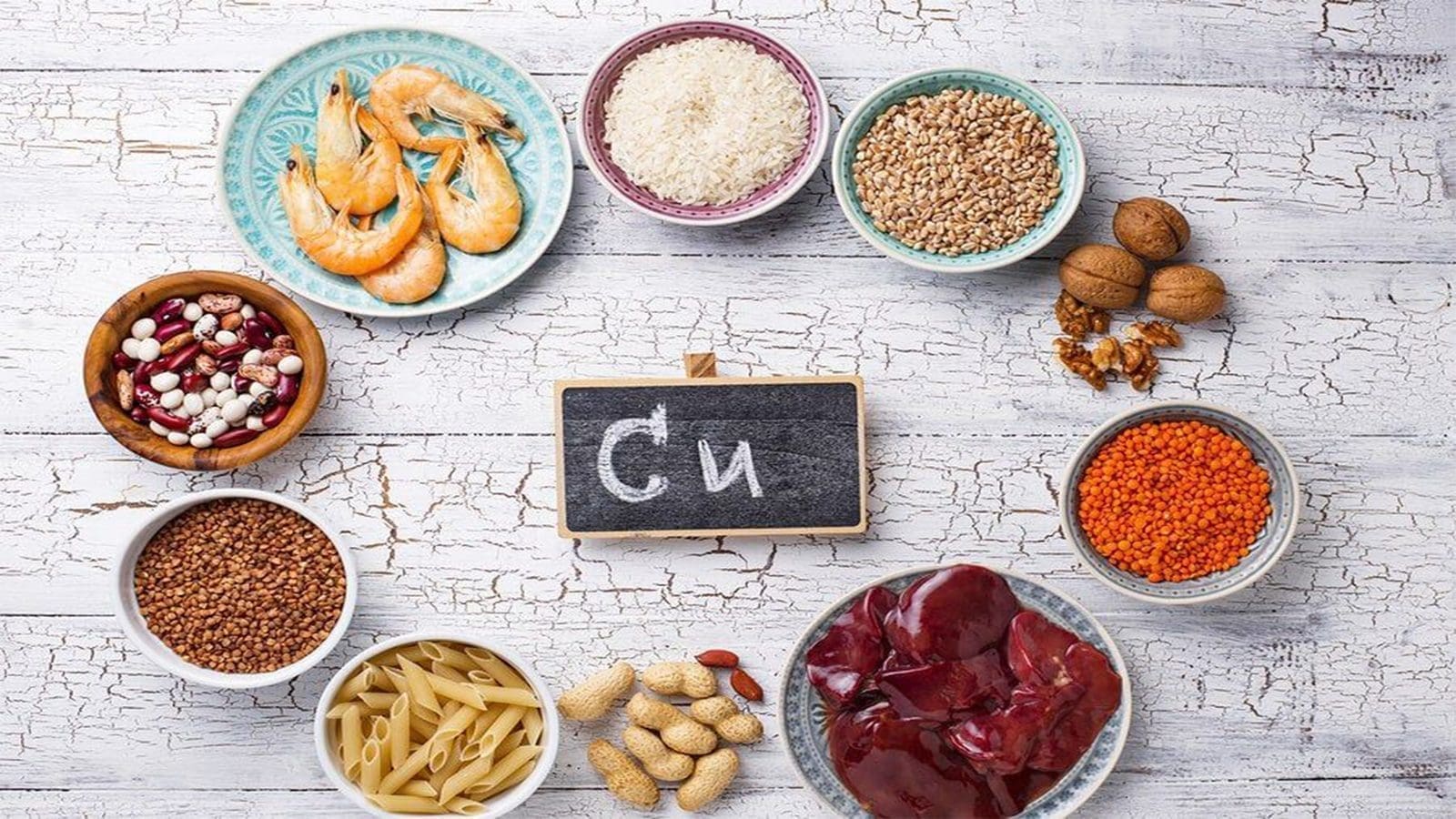EUROPE – The European Food Safety Authority (EFSA) is set to cut the Acceptable Daily Intake (ADI) for copper from all sources in food from 0.15 mg/kg of body weight (bw) to 0.07 mg/kg bw based on an updated evaluation of the scientific evidence.
EFSA’s Scientific Committee was asked to review the ADI for copper used in the various sectors across EFSA’s work in line with the Authority’s 2021 approach for setting health-based guidance values, such as an ADI, for substances which are both nutrients and regulated products.
The new ADI is derived from the retention of copper in the liver by adults. Copper is an essential micronutrient for all living beings including humans.
Too much or too little copper in the diet can lead to health problems. Chronic exposure to high levels of copper can result in liver damage and gastrointestinal symptoms, e.g., abdominal pain, cramps, nausea, diarrhea, and vomiting.
Copper deficiency on the other hand leads to weak and brittle bones, loss of balance and coordination, and increased risk of infection.
The micronutrient is naturally present in many foods and also enters the food chain through its use in organic and conventional pesticides, feed and food additives, and as a nutrient in fortified foods and food supplements.
“In addition to reviewing the acceptable intake, our scientists have assessed consumers’ exposure to total copper from all sources in the diet for the first time.
“In the general population exposure does not exceed this ADI, but due to some uncertainties this may be underestimated for some subpopulations of regular consumers of foods with higher copper content,” EFSA said.
Despite intakes for younger age groups exceeding the new ADI, the experts concluded this would not pose a lifetime risk for copper toxicity and therefore is not considered a health concern.
This, they said, is influenced by the fact that young children need more copper for development and use it at a higher rate than adults. As such, copper is less likely to be retained in a child’s liver.
Once finalized, the new ADI will be applicable in relation to pesticides, feed additives and food additives, and EFSA’s tolerable upper intake level for copper as a micronutrient will be updated.
The European Food Safety Authority (EFSA) is set to cut the Acceptable Daily Intake (ADI) for copper from all sources in food from 0.15 mg/kg of body weight (bw) to 0.07 mg/kg bw.
In 2015, EFSA also reviewed the existing daily thresholds for copper in the diet. Adequate Intakes (AIs) were defined based on mean observed intakes in several European Union (EU) countries, given that there was no evidence of overt copper deficiency in the European population.
Data from balance studies were used as supportive evidence.
The draft scientific opinion on copper in food is open for comments until 1 August 2022. The aim of this public consultation is to collect constructive input on the establishment of an ADI for copper, within the context of the 2021 EFSA Statement and other relevant EFSA Guidance.
Liked this article? Subscribe to Food Safety Africa News, our regular email newsletters with the latest news insights from Africa and the World’s food safety, quality and compliance. SUBSCRIBE HERE








